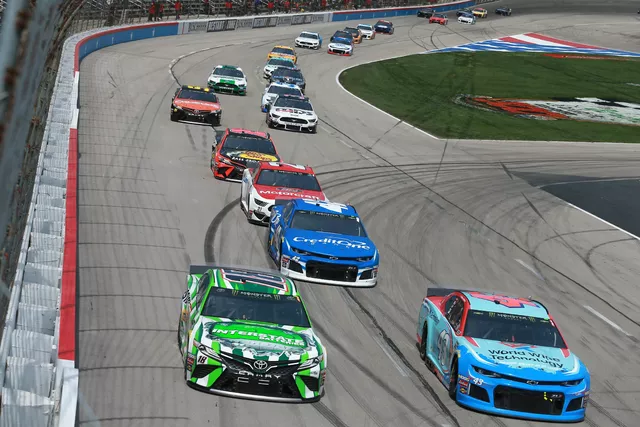Le Mans Racing – The Ultimate Endurance Challenge
If you’ve ever wondered why the 24 Hours of Le Mans still feels like the king of motorsport, you’re not alone. It’s a race that mixes speed, strategy, and stamina into a single, nonstop marathon. Drivers, engineers, and fans all know that winning here means you’ve conquered more than just a track – you’ve mastered the art of staying fast while staying alive.
Le Mans began in 1923, back when cars were still a novelty and roads were dusty. The French Automobile Club set up a five‑kilometre loop around the town of Le Mans, and the idea was simple: see which car could run the longest in 24 hours. What started as a test of reliability quickly grew into a global spectacle. Over the decades, legends like the Ford GT40, Porsche 917, and Audi R18 have left their mark, each adding a piece to the race’s mythic puzzle.
A Brief History of the 24 Hours of Le Mans
During the 1950s and ‘60s, the race became a proving ground for new technology. Aerodynamics, disc brakes, and fuel injection all proved their worth on the long straights of the Circuit de la Sarthe. The 1970s saw the rise of prototype cars, and in 1976 Alfa Romeo’s Stradale took the overall win, showing that lighter, more agile machines could beat raw horsepower. The 1980s brought Group C dominance, with Porsche racking up 13 victories, a record that still stands.
Fast forward to the 2000s, and Audi entered the scene with hybrid power‑train technology that changed the game. Their focus on fuel efficiency and tyre management gave them a strategic edge, leading to multiple wins and prompting other manufacturers to chase the same hybrid advantage. Today, the field is a mix of traditional gasoline engines, hybrids, and even all‑electric concepts, each trying to balance speed with endurance.
Key Factors That Define Le Mans Success
First up, reliability. A car that runs fast for a few laps but breaks down at hour 10 isn’t going anywhere. Teams spend months fine‑tuning every component, from the engine’s cooling system to the gearbox’s shift timing. Second, tyre strategy matters more here than at any other race. Le Mans’ changing weather and night‑time darkness force crews to pick the right compound for each stint, sometimes swapping tyres in under a minute.
Third, driver stamina is a make‑or‑break element. Each driver typically does three‑to‑four stints, and the night shifts are the toughest. Teams use nutrition plans, power‑naps, and even in‑car cooling vests to keep drivers alert. Finally, teamwork ties everything together. Engineers monitor real‑time data, pit crews practice flawless pit‑stops, and strategists adjust plans on the fly. When every part works in sync, you’ve got a genuine chance at the checkered flag.
For fans, Le Mans offers more than just racing. The atmosphere is a blend of high‑tech excitement and raw, gritty history. You can hear the roar of a turbocharged V12 one moment and the whine of a silent hybrid the next. Whether you’re watching from the grandstands, streaming online, or just reading race reports, the 24‑hour battle keeps you on the edge of your seat.
So if you’re new to endurance racing, start with Le Mans. Watch classic moments, follow current teams, and maybe even plan a trip to the circuit. The race isn’t just about who’s fastest; it’s about who can survive the grind, adapt under pressure, and still cross the finish line with a smile.

Ken Miles was a British-American race car driver, who was involved in the Ford Motor Company's 1966 24 Hours of Le Mans campaign. In the 1966 film, Ford v Ferrari, Miles is depicted as winning the race. However, in real life, Ken Miles was not able to take the checkered flag at the 1966 24 Hours of Le Mans. He finished in second place, just one mile short of the winner. After a controversial decision, the race was ended early and Ford was awarded the victory, although Miles was not credited as a winner in the official results. Despite not taking the checkered flag, Miles is still seen as a hero for his racing achievements and his role in Ford's victory at Le Mans.
Maverick Kincaid Feb 17, 2023



